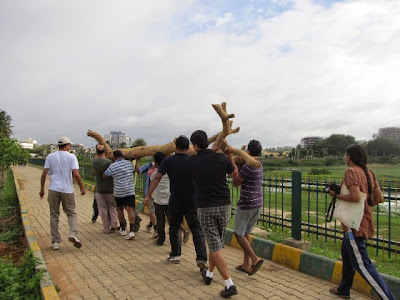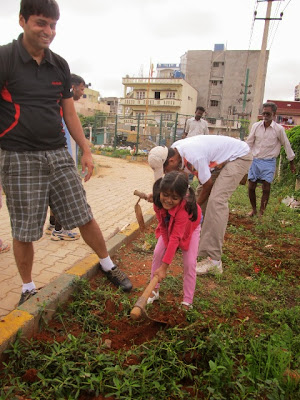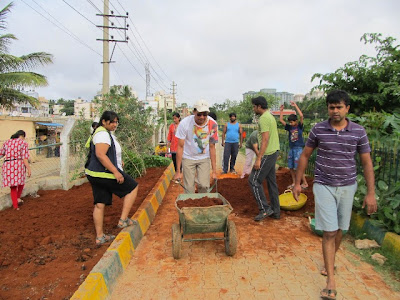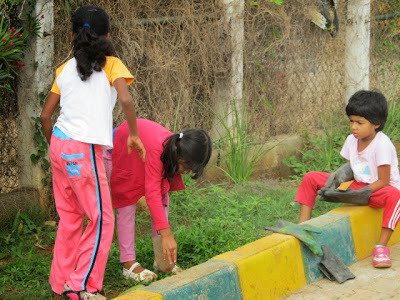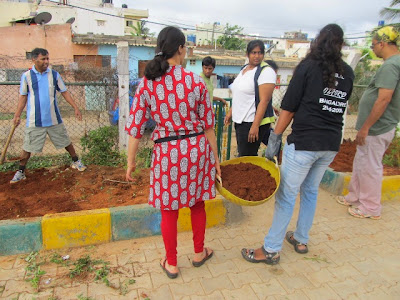While this set of volunteers was busy with the dead tree, others were busy sprucing up the space on either side of the new picket gate. By 9 a.m., the ground was cleared of plastic to the extent possible and rich red soil spread. Gardener Kumar began putting in stakes and by evening he will cordon the area. Next weekend, we’ll complete planting here and move on to the next step towards transforming our neighbourhood, people’s lake. We are looking to plant a flower border with three plant species in different colours and heights – Rasna (Alpinia calcarata Rox), a medicinal herb which grows up to 1.8 to 2.5 m in height, Tincture plant (Collinsia tinctoria), a low level plant in gorgeous shades of purple and multi-coloured Lantana.
Similar Story
Buckingham Canal restoration: Stuck between ambitious proposals and financial constraints
It has been over two centuries since the construction of the Buckingham Canal, a once vital navigational route stretching from Pedda Ganjam in Andhra Pradesh to Marakkanam in Tamil Nadu. At its peak, the canal could carry 5,600 cubic feet per second (cusecs) of water. However, decades of unplanned urbanisation have drastically reduced its capacity to just 2,850 cusecs with the Mass Rapid Transit System (MRTS) being the major encroacher. Map: Shanthala Ramesh Regular desilting is crucial for maintaining the Buckingham Canal, yet its upkeep has been a significant challenge since the early 20th century. Over the years, numerous proposals…


